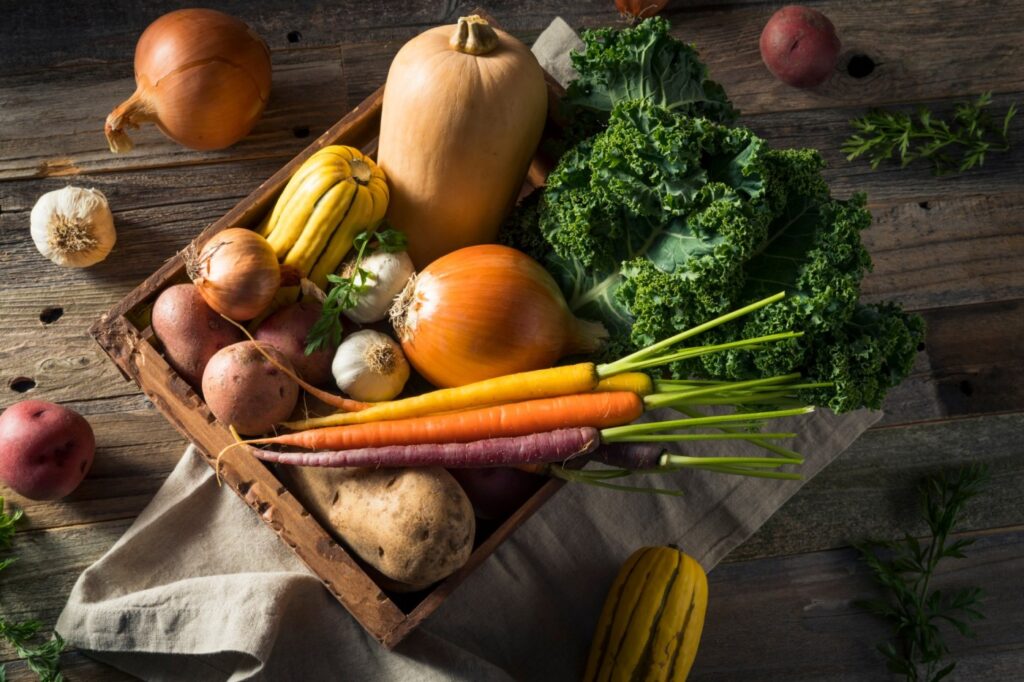
5 things to do in the garden this week:
1. This is prime time for planting your fall vegetable garden. Plant the following vegetables from seed: bulb onions, shallots, leeks, chives, garlic, peas, radishes, beets, spinach, lettuce, chard, fava beans, celery, cabbage, kohlrabi and kale. This is also the time to transplant baby specimens of the following, many of which you will find in the nursery at this time or can receive through online vendors: artichokes, asparagus, broccoli, Brussels sprouts, cabbage, cauliflower, parsley, and a large variety of herbs.
2. When it comes to winter squash, whether you grew it for edible or decorative purposes, cut with two inches of stem when you harvest each squash. This will prevent deterioration during storage which would be a shame since these squash can stay fresh for up to six months. Before harvest, make sure the squash is fully ripe, which is indicated when the rind is hard enough to resist penetration by your fingernail. Winter squash got its name not from the season it’s harvested since that happens in the fall but rather from the fact that, at one time, people had so-called root cellars where they would store these squash – along with root crops such as potatoes and onions – throughout the winter.
3. At the website of Tree of Life Nursery (Californianativeplants.com) in San Juan Capistrano, there is a chart where native plants are associated with specific months of the year, based on when they flower. Thus, by planting the species recommended for each of the 12 months, you can have some native flowers blooming at all times. For October, certain species and cultivars of California lilac (Ceanothus) and monkeyflower (Mimulus), as well as western redbud (Cercis occidentalis) and Cleveland sage (Salvia clevelandii) are the monthly bloomers listed. Bear in mind that microclimate, soil type, sun exposure, and other factors can influence the bloom time of any plant.
4. This is the time to plant ground covers for refurbishing your soil, especially where you may have harvested abundant vegetable crops this summer and fall and wish to replenish the soil for spring planting. Choose from legumes such as clover, vetch, and fava beans which, after being plowed into the ground next spring – and allowing a month for decomposition – will add an abundance of nitrogen to the soil. And don’t forget lady or tansy leaf Phacelia (Phacelia tanacetifolia), a California native that is an excellent pollinator plant, grows quickly up to four feet and scavenges nitrogen and calcium for soil enrichment when it’s dug into the earth – as soon as six weeks after germination – prior to planting the crop of your choice. It has highly attractive purplish flowers as well.
5. Small trees make excellent focal points or accents in the garden and there is no better time to plant trees of any kind of tree than in the fall. Among the small trees you will want to consider are river birch (Betula occidentalis), a California native with highly attractive reddish bark, Little Gem Magnolia, Japanese maples (Acer palmatum), dwarf conifers, Chocolate Summer mimosa (Albizia julibrissin) with bronze foliage, smoke tree (Cotinus coggygria) and, last but not least, Chinese fringe tree (Chionanthus retusus), a species only 20 feet tall at maturity that is covered with the most delightful wedding white, fragrant flowers each spring.
Related Articles
Exploring the book called ‘How to Forage for Wild Food Without Dying’
Master Gardener: When pineapples are ripe and ways to protect figs
What to do about fireblight and its effect on quince, pear and apple trees
Some thoughts on the fire resistance of California native plants in your garden
Hyacinth bulbs, leafy vegetables and poppies: What gardeners can do this week
